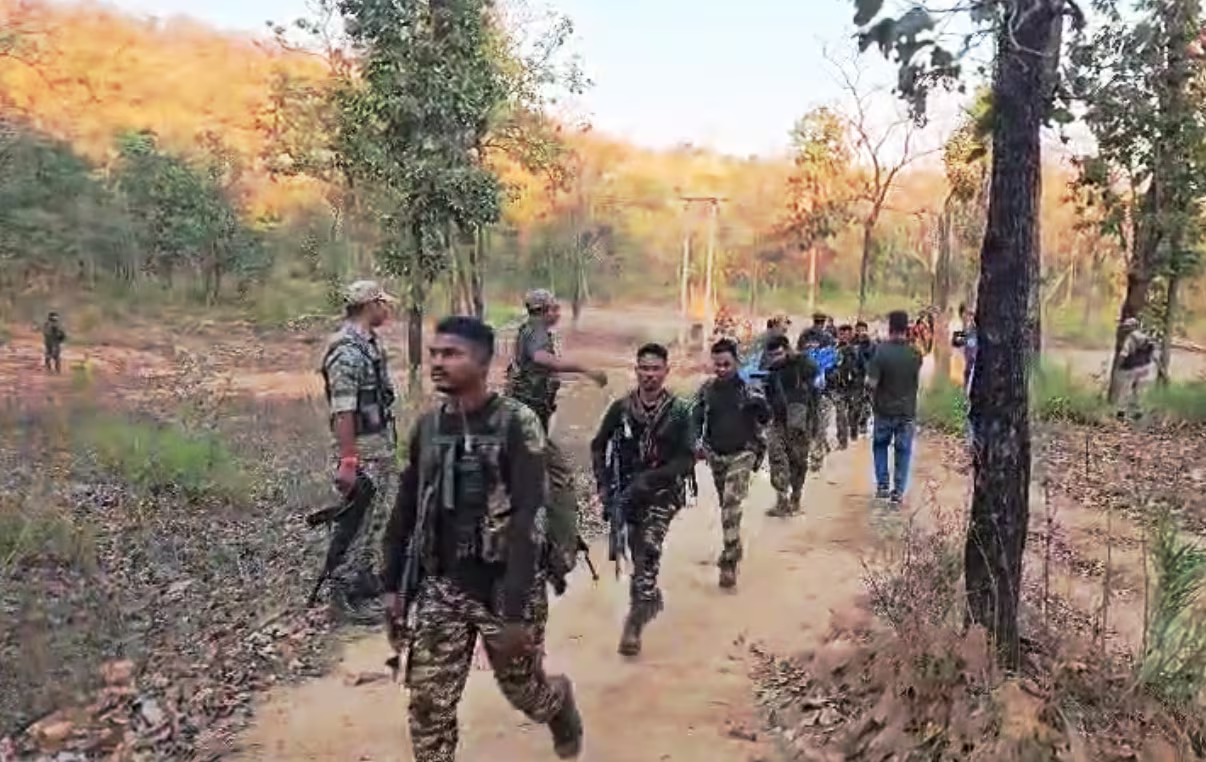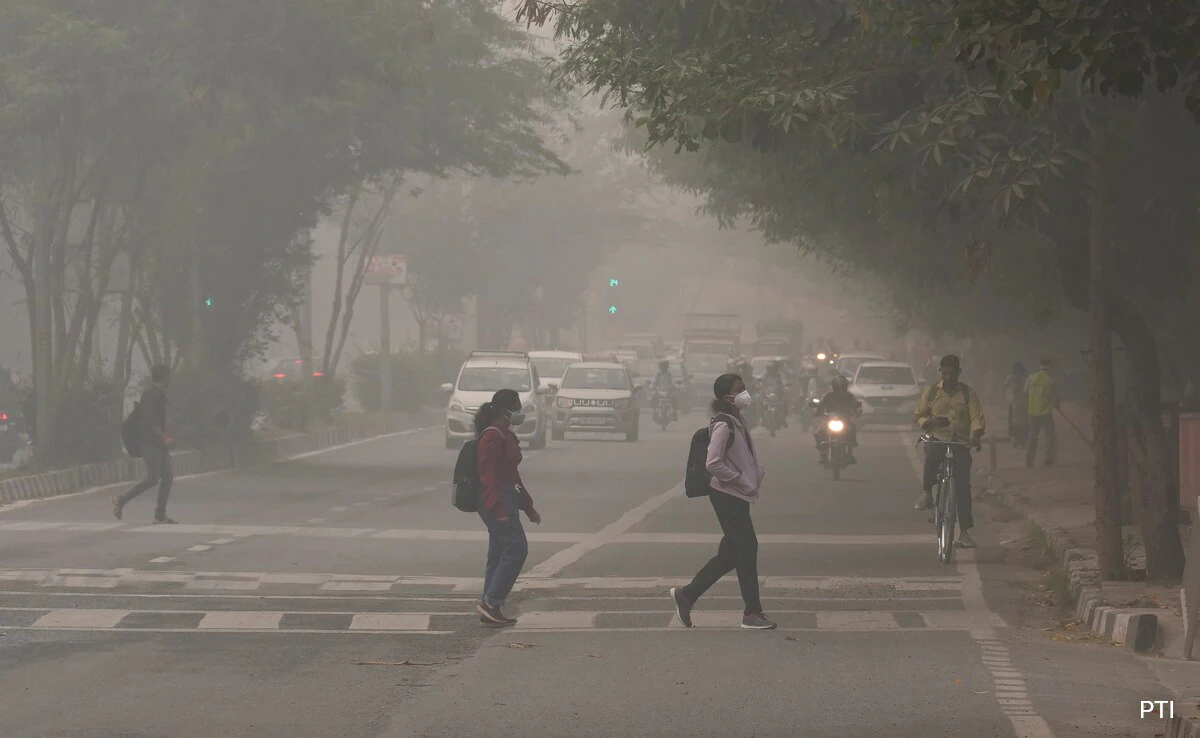Now Reading: Over 200 Maoists Surrender in Chhattisgarh as Security Forces Tighten Grip on Forest Areas
-
01
Over 200 Maoists Surrender in Chhattisgarh as Security Forces Tighten Grip on Forest Areas
Over 200 Maoists Surrender in Chhattisgarh as Security Forces Tighten Grip on Forest Areas

In a major breakthrough for security forces, more than 200 Maoists have surrendered in Chhattisgarh’s Bastar region, signaling a sharp decline in Naxal influence across the dense forest belts once considered their stronghold. The surrender marks a significant shift in the state’s anti-insurgency operations, reflecting the growing success of development-led strategies and coordinated policing efforts.
Officials revealed that several of those who surrendered were lower and mid-level cadre members who had been active in remote areas of Sukma, Bijapur, and Dantewada districts. Many cited exhaustion, disillusionment, and pressure from continuous security operations as reasons for laying down arms. With sustained operations by the CRPF and local police, the forest corridors that once provided safe shelter for armed groups are now closely monitored and patrolled.
Chhattisgarh’s DGP and senior officials have credited the achievement to a mix of intelligence-driven policing and increased outreach to local tribal communities. Government schemes promoting livelihood opportunities, housing, and education have reportedly encouraged many Maoists to return to mainstream life. Authorities have also emphasized that rehabilitation programs will ensure proper reintegration for those surrendering, including skill training and financial support.
The Bastar division, long known as the epicenter of Naxal activity, has witnessed a steady decline in armed encounters over the past two years. Improved road connectivity, new security camps, and community engagement programs have helped dismantle the insurgent network that once operated with impunity in the forest interiors.
Security analysts believe this large-scale surrender is not just symbolic but a reflection of changing ground realities. The Maoist movement, they say, is losing its local support base due to a mix of government outreach and public fatigue with decades of violence. Yet, officials remain cautious, stressing that isolated groups are still active and capable of sporadic attacks.
For residents of Tier 2 and smaller towns across Chhattisgarh, the recent developments bring renewed hope for peace and stability. With forest routes becoming safer and administrative presence expanding, the state appears to be entering a new phase—one where the fear of Naxal dominance slowly gives way to a sense of normalcy and progress.

























